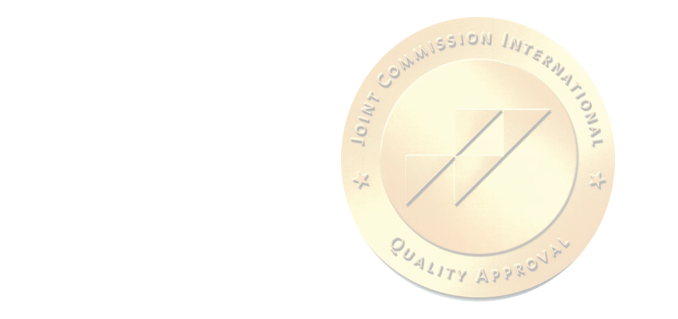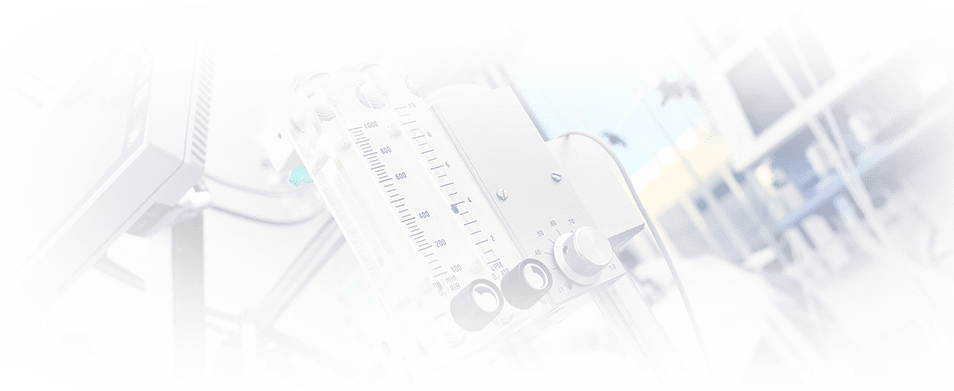Ingrown toenail: how to fix the problem?
Onychocryptosis is the medical name for an ingrown toenail. The problem is faced by a huge number of people, mainly it is associated with wearing tight and uncomfortable shoes, excessive sweating, improper care or injury. Usually, the nail grows into the big toes, but in some cases other areas may be affected.
An ingrown toenail brings a lot of discomfort, but without treatment, it will not be possible to get rid of this problem. If a toenail has grown, choosing comfortable shoes that do not hurt to walk becomes an almost impossible task. The pain is present even if the person does not have shoes at all. In addition, near the place where the nail has grown, a wound may form, when an infection gets into which inflammation and suppuration of soft tissues occurs. In the most difficult and advanced cases, there is a risk of amputation, so you should not let the problem go by itself.
If a nail has grown, edema forms around it, the toe increases in size, which interferes with walking and wearing normal shoes. There are several stages of the disease:
-
Stage 1 is characterized by skin redness, slight swelling and a feeling of squeezing in the nail folds;
-
Stage 2 is accompanied by an infectious infection, the affected part of the nail is felt like a foreign body, the skin begins to rot;
-
Stage 3. At this stage, the growth of granulation tissue occurs, the process becomes chronic and can last for years if measures are not taken in time.
Treatment should be started as soon as it becomes noticeable that the nail has grown. If you consult a doctor in time, there is a possibility of eliminating the problem in a conservative way without surgery. At the onset of the inflammatory process and suppuration of soft tissues, you should immediately consult a specialist. In some cases, you can get by with a course of antibiotics, swabbing, installing special plates that separate the nail from the skin, and wearing orthopedic shoes.
When conservative methods are powerless, all that remains is the surgical removal of the part of the nail that does not grow properly. However, the surgeon cannot guarantee that the nail will not start growing back after the operation. Then there is only one solution to the problem - the complete removal of the nail plate. As a preventive measure, it is recommended to pay enough attention to foot hygiene, not to cut your nails too short, and to choose comfortable shoes that do not squeeze the foot.





